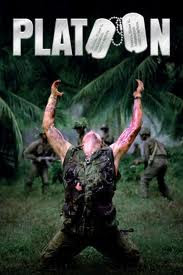On March 7th of last year, I did what I had been contemplating doing for a few months. I had been reading countless blogs with writers I respected immensely, and I thought to myself I may be capable of doing it. Eventually, though, I would talk myself out of it. Finally, in early March, I decided to give it a whirl. I didn't really know what to expect, but I knew that if I didn't give it a shot, I would forever regret it.
It started as a challenge, as I had never really enjoyed writing before (hence my majoring in math), but as time went on, I became addicted. I've had a tremendous amount of help and insight from a lot of great people. I started on Twitter as a way to promote the blog, but ended up meeting some really awesome people. I had never really had many friends that were as into baseball as I was, so it was great to find some new friends who were more than willing to partake in these conversations, as well as some ridiculous ones about desserts.
As last baseball season went on, I started to realize I might be into this blogging thing for the long haul. Probably not for any monetary reasons, but because I've come to love it. I got to do a couple of guest posts for Fire Brand of the AL, for which I am beyond grateful, especially to Chip Buck who has helped me in so many ways. I began to realize if I was ever going to move up in the world of blogging, I would probably need to find a new arena to show off my writing, as generating a lot of page views for an independent blog was harder than I originally anticipated.
As I've waited for my chance, another great friend I've made through Twitter reached out to me offering me a chance to write for his blog. This friend is Kyle Moulding, who is known on Twitter as @BoSoxNewsFeed. He runs the New England Sports News Blog and extended an invitation to become a new contributor to the Red Sox portion of the blog. As it's a much more established blog than this, and I really respect his work, I was delighted to take this opportunity.
I just wanted to take the time to thank all of you who read this blog and helped me realize that this is something I love to do. Like I said in the title, and that adorable cat said in the picture, it's not really good-bye. I'm not going to stop writing, as I expect to have my first piece up at the new blog this week. Change can always be a scary thing, and I would be lying if I said I wasn't a little nervous about writing for a new website after becoming so comfortable with my own. However, the nerves are far and away outweighed for my excitement for the new opportunity. So, again, thank you all for reading this site (which I may choose to update from time to time during the year, I haven't decided yet), and I hope you will continue to read me at my new location.










